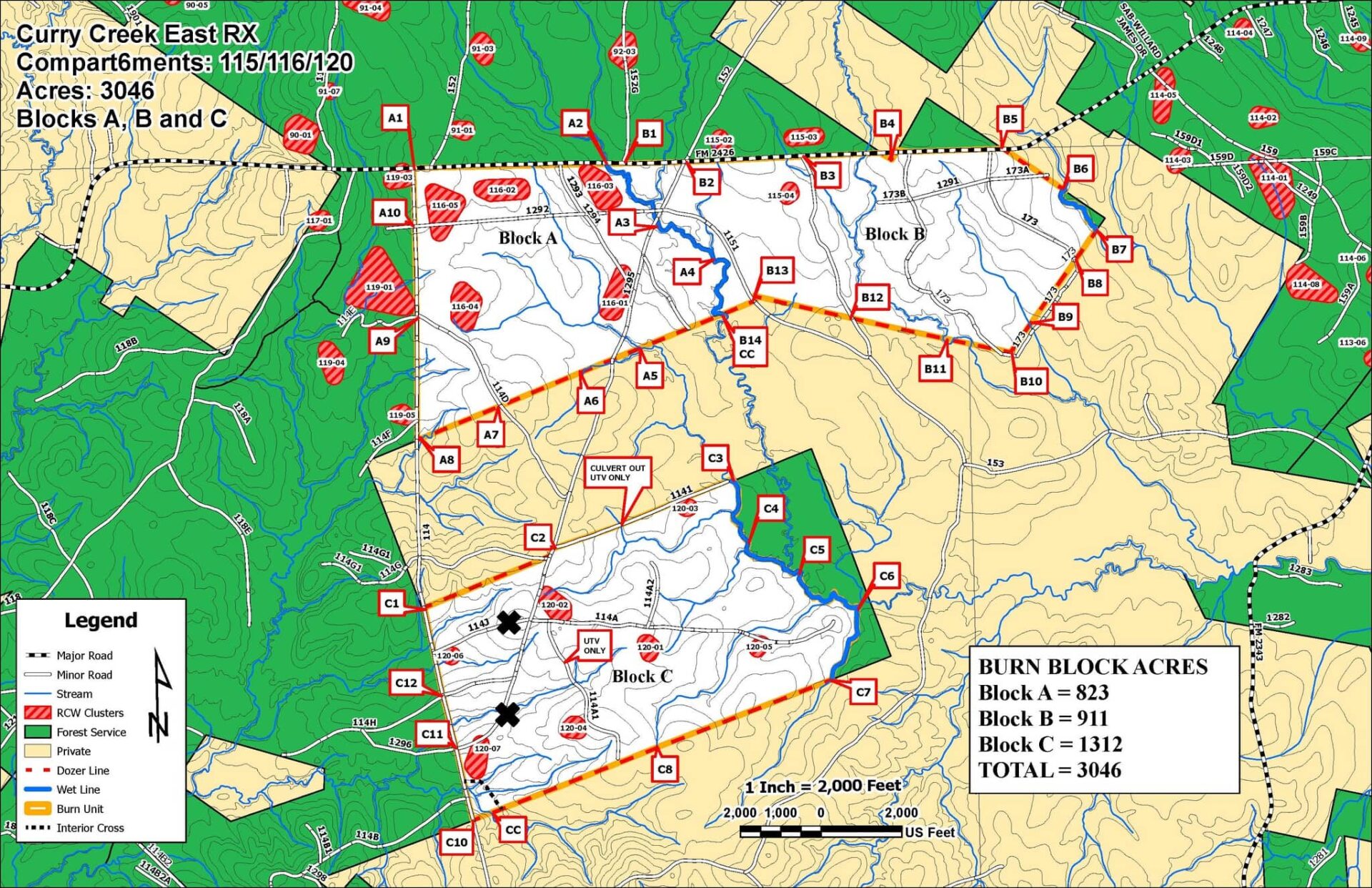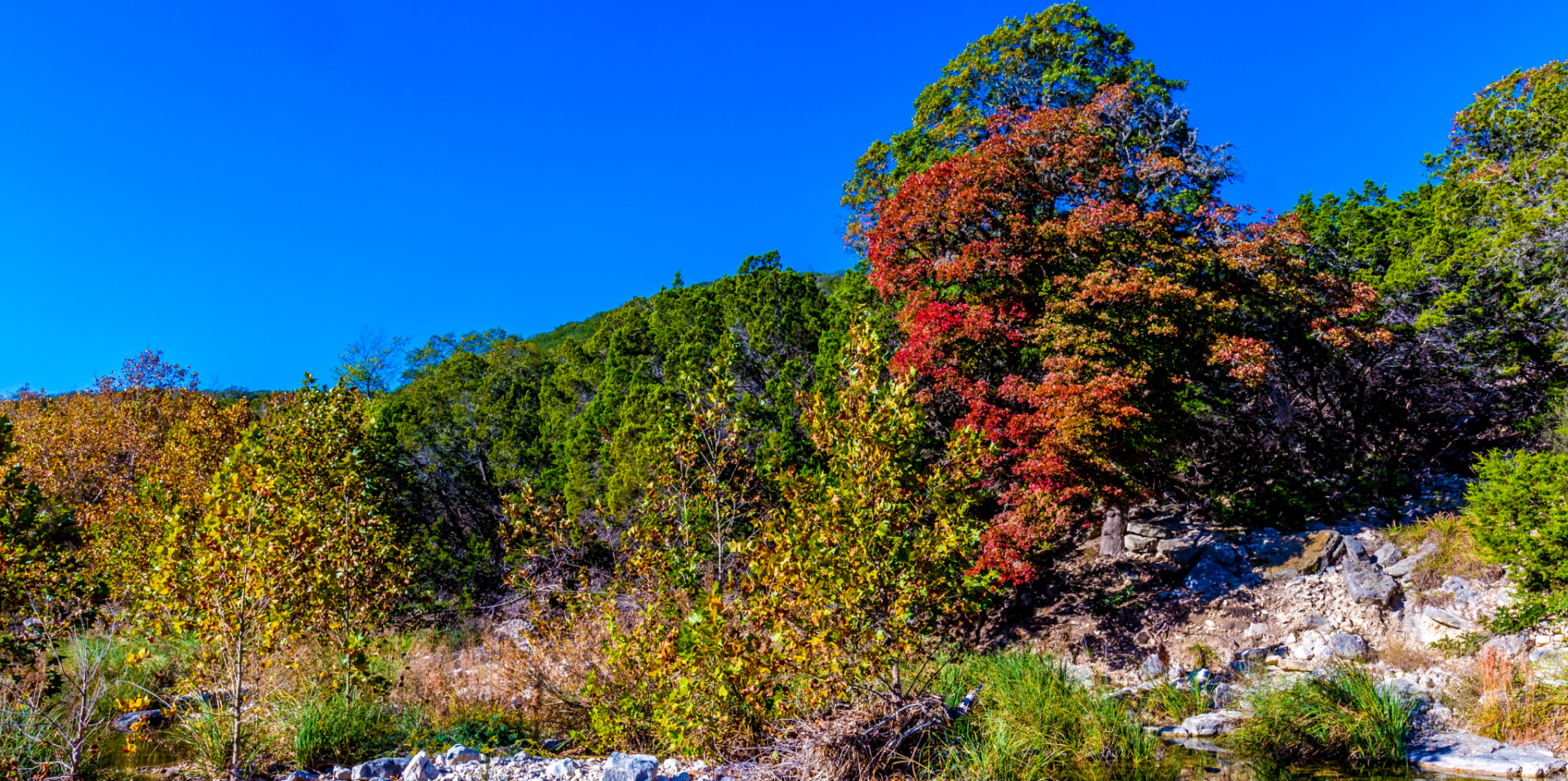Tree Frogs
The first and only time I’ve seen one of these critters was on my living room wall. Don’t know how he got there but he was quickly scooped up and transferred to the nearest tree. After doing a little research, I discovered he was a green tree frog. Tree frogs are amphibians (a cold-blooded vertebrate animal of a class that comprises frogs, toads, newts and salamanders). There are 800 species of tree frogs and Texas is home to 14 of them. Interestingly, not all tree frogs make their home in trees. The ones that live in trees are called arboreal. Others live in ponds and lakes or in moist ground cover and are called non-arboreal. The physical feature that classifies them all as tree frogs is their feet. The last bone in their toes is shaped like a claw and they have pads on their toes that help them climb. Of the 14 that live in Texas, the following tree frogs can be found in the east Texas area.
1. Cope’s Gray tree frog – Native to the USA. Lives in trees close to fishless ponds where they mate. Grows to 2” in length. About the only difference between them and the gray tree frog is the mating call.
2. Squirrel tree frog – Native to USA. Can live in woodland areas or urban areas. They don’t get larger than 1.5”. They are usually green. Similar to green tree frog but with a different mating call.
3. Spring Peeper frog – They lay their eggs in water. Their call sounds like young chickens. Females are larger than males and are about 1.5” long. They are tan or brown with a black “X” on their back. They’re most active in the spring. Mating call is a “peep” sound.
4. Northern Cricket frog – May migrate north to hibernate. They live near slow or still waters. Great swimmers and can jump up to 3’. Less than 1.5” long. Variations of green, gray and brown in color. Mating call sounds like a cricket.
5. Blanchard’s Cricket frog – Usually don’t live over 1 year. Endangered species because of invasive predators. Usually found in wetlands or near crop agriculture. Never larger than 0.6” long. Brown and tan but can be olive green. Males have a mating call that sounds like a metallic clicking, similar to a cricket.
6. Green tree frog – A Texas native. Found in wet areas. Can grow to 2.3” in length. Usually green with smooth, oily skin. Males have wrinkled throats. Mating call is very nasal-sounding.
7. Strecker’s Chorus frog – Lives in wet areas. They burrow in the woods using their front feet. Up to 1.8” long. Green or gray-green. They have a clear dark stripe through the eye and a dark spot below the eye. Mating call is similar to a bell and is made by the male.
8. Cajun Chorus frog – They spend most of their time on the ground. They lay eggs in still bodies of water. Males are about 1.25” long, females a little smaller. They are dark brown with 3 black stripes down the back. Mating call is similar to a trill.
9. Upland Chorus frog – They prefer moist areas but can adapt to dryer locations near small bodies of water. No larger than 1.5” long. Brown or brown and gray. Skin almost always feels moist. Mating call sounds like a finger running along a comb.
Did you notice that all of these tree frogs are very small? All arboreal are small because they sit on leaves and small twigs.
Most tree frogs lay hundreds of eggs in water just below the surface. These clumps of eggs are called frogspawn and look like black specs surrounded by jelly. As they develop, they nourish themselves by eating the yolk of their egg. Their tails begin to grow and the eggs resemble the shape of a comma. At 1 to 3 weeks, the babies hatch and are called tadpoles. Some refer to the tadpole stage as the larval stage. At this stage they have gills, a mouth and a tail. They can’t leave the water so they survive on vegetation in the water. Over the next 14 weeks, they grow legs and their body changes shape. They can now start eating insects. The tails begin to shrink, lungs and eardrums develop and skin grows over the gills. They have reached adulthood. The series of changes in the frog’s body form as it moves through its life cycle is called metamorphosis.





